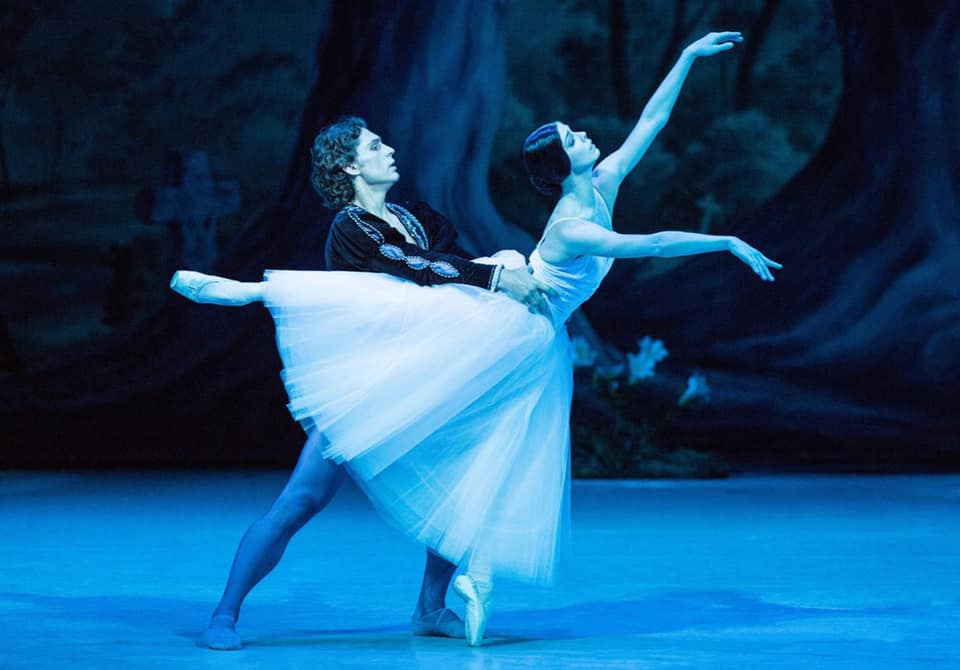Cultural activists, artists and critics convened for two days late last week to discuss collaboration in cultural production and change as a precursor to redefining positions in a conference organized by HaRaKa, a dance development and research collective.
Though not a conference on the 25 January revolution per se, its programmers recognized that the radical uprising that toppled the regime in Egypt highlights the notion of change and prompts a conversation about how it would unfold in art practice and collaborations in production processes.
Networking and network creation meetings are one such form of collaboration, where groups get together, sometimes responding to the unwritten agendas of their hosts, which are ultimately political. A regional case in point in is social media and digital activism hype, a construct mostly created by the anxiety of outsiders to appropriate the narrative by calling for "activists' meetings and "activists' networks." The process had its reverberations in disrupting a personal and autonomous quest of unpacking collective engagement with online spaces and its political transformation.
Angela Harutyunyan, an art critic, said that we are complicit too in such entrapments.
“Network is a symptom of attention deficiency disorder,” she said, indicating how one is present but not engaged, constantly interrogating a process of managing relations and subjectivities.
Stepping beyond such established relations, Ranwa Yehia, director of the Arab Digital Expression Foundation, spoke of the importance of being critical and lucid. Having herself conceived a "network" of Arab artists and techies concerned about the promotion of self-expression, she constantly negotiates the intricacies of outside factors, such as funding, in a process that develops mostly organically.
“How can we find a balance between protecting the initiatives that have started in the Arab world that are made of concerned and responsible people and engaging in the work they (funders) are doing, even if you have good intentions?”
Yehia is particularly wary of the notion of ‘creating need’ that is the product of such interventions and the internalization of such constructed needs.
In such a context, funding is an inevitable conversation and site of various critical discourses. As depicted in many other encounters, Western cultural funding is perceived as a post-11 September political strategy, although Harutyunyan extended it to a post-World War II American model of exporting tools of ideological influence. This consciousness becomes indispensible for cultural producers and renders the process of autonomous production a more complex one.
But past deliberate funding agendas, William Wells, director of the Townhouse contemporary art gallery, pointed to lack of knowledge as one of the problems of external funding.
“The funders are bankrupt in ideas. They sit in these meetings of cultural operators, or the diplomat politicians, and they have no idea where to put the money.”
The fact proposes a more politically proactive stance from potential recipients in dictating the direction of such funding endeavors.
Part of the lucidity of producers resides in politicizing their quest for funding. Ismail Fayed, an art critic, spoke about how art operates in a public context and therefore should receive public funding. While public funding in the context of Egypt may have been a luxury in terms of access, it was also a space laden with corruption and nepotism, and now there is a process of re-building where state funding can be reclaimed. This is a particularly enticing proposition given the fact that Egypt's Ministry of Culture reportedly has the second largest budget after the Ministry of Defense.
Hana al-Bayaty, an activist and writer, reiterated that state institutions should be reclaimed and re-appropriated. Such a plea has the potential to put an end to the closed binary of state cultural institutions as opposed to independent institutions, a binary that has led to many reductionist understandings of art practice in the country.
However, Fayed issued a reminder that calling on the public to fund the arts would have its own toll on the practice. “Is art a very limited and elitist practice, or would there be any public support for artistic practices that have been underground and ghettoized? How do we make the public then fund this?”
The other question, inspired by Bayaty’s comment, is how state funding is pitched as actual public funding. In other words, how public funding can refrain from dictating a subservient practice to the state and become truly public. Here, Harutyunyan proposed crystallizing research as an important practice for cultural producers that can seek public support.
Besides shedding light on the complexities of collaboration and funding in art practice, the meeting touched on a parcel of a practice by hosting director Tamer al-Saeed. Saeed is the director of “The Last Days of the City”, a docu-drama that has been struggling to see light due to constant funding pitfalls, and hence, has been in the pipeline for several years. In the process, its crew had to make a film in constantly changing production conditions.
Saeed used the city as his set, where the spontaneity of its flow served his low budget but was also a challenge to the art of the film. The awakening that was the revolution did not prompt him to change the line of the film, for it is about the last days of the city, where the point of departure is apocalypse. His affecting and engaging introduction to a film we haven’t seen on the niceties of production and autonomy of creative expression became a vivid illustration of the theoretical conversations mentioned above.




